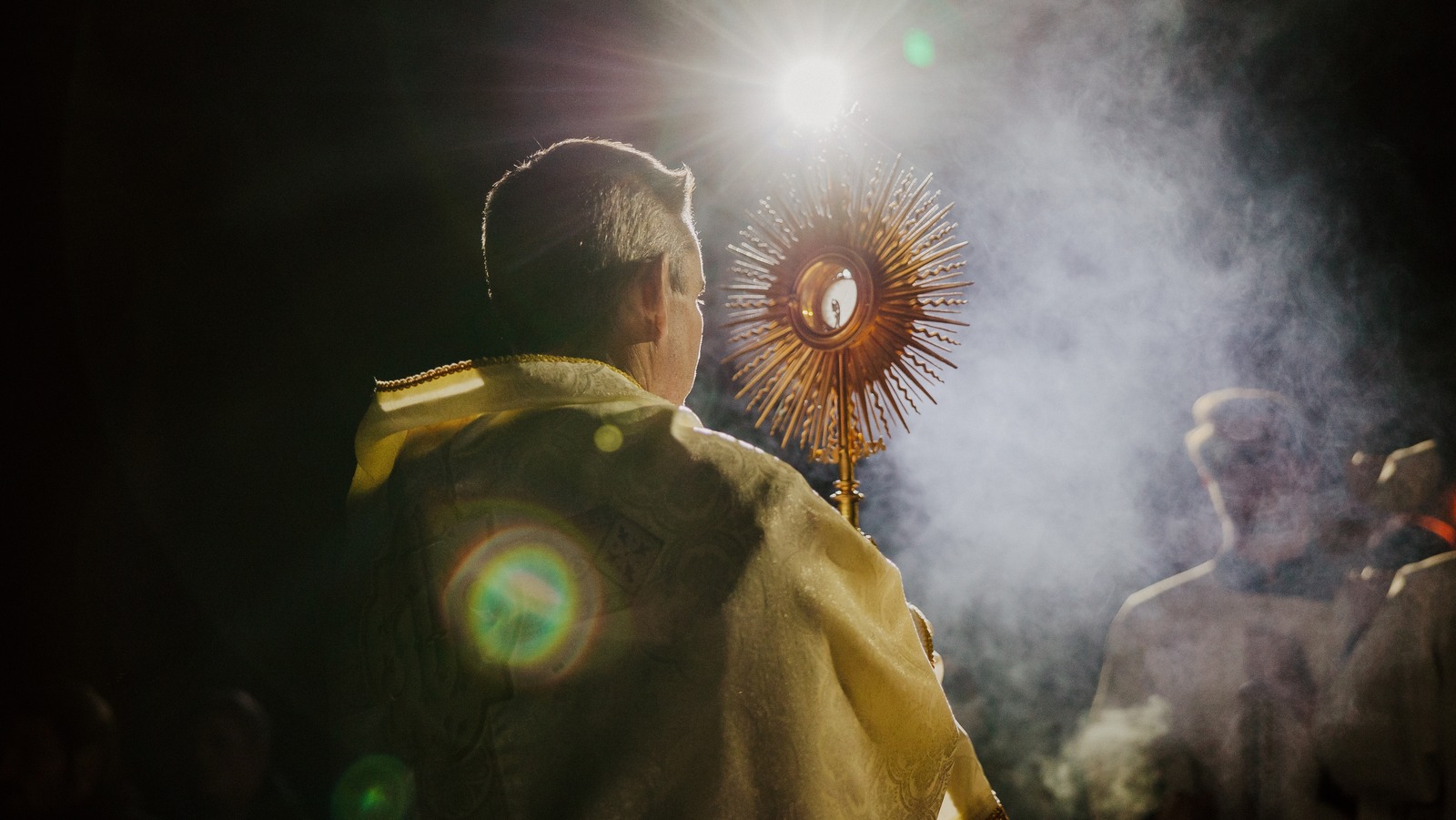
For Catholics, the Eucharist — the consecration and consumption of bread and wine — is a big deal. The Eucharist has started wars, led to martyrdoms, and inspired devotion that non-Catholics struggle to understand. To Catholics, however, once consecrated, those little communion wafers are the literal body and blood of Jesus Christ — a doctrine known as transubstantiation — and must be treated with great reverence.
At communion, they are ideally received on the tongue while kneeling and should never touch the ground, which is why altar boys carry plates to catch any hosts that fall. When it does happen, however, priests have clear instructions. Ideally, the host should be picked up and given to the parishioner to consume. Otherwise, the priest can consume it himself and give the parishioner a different one.
For those who do not believe in transubstantiation, the logical solution for hosts that are too soiled to be consumed might be to trash them. But for a Catholic priest, that involves throwing a piece of God’s living, incarnate body into a garbage can. Instead, priests dissolve the soiled host in holy water and drain it into a special sink called a sacrarium, which runs directly into the ground instead of the sewers. This dignified manner of disposal avoids defiling Jesus’ body with human and other waste. If the blood of Christ is spilled, priests clean it up with special cloths called purificators, wash them twice by hand, and drain them directly into the ground.





